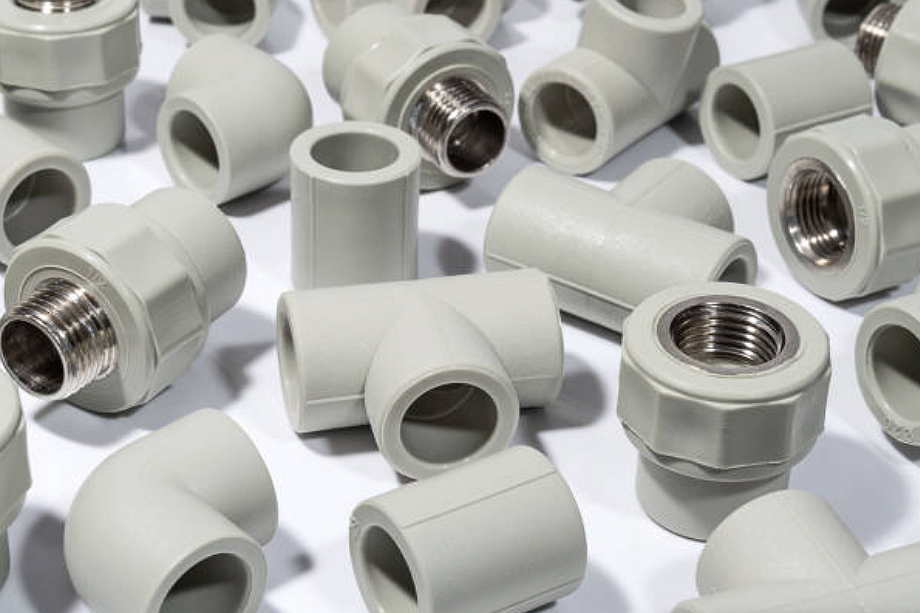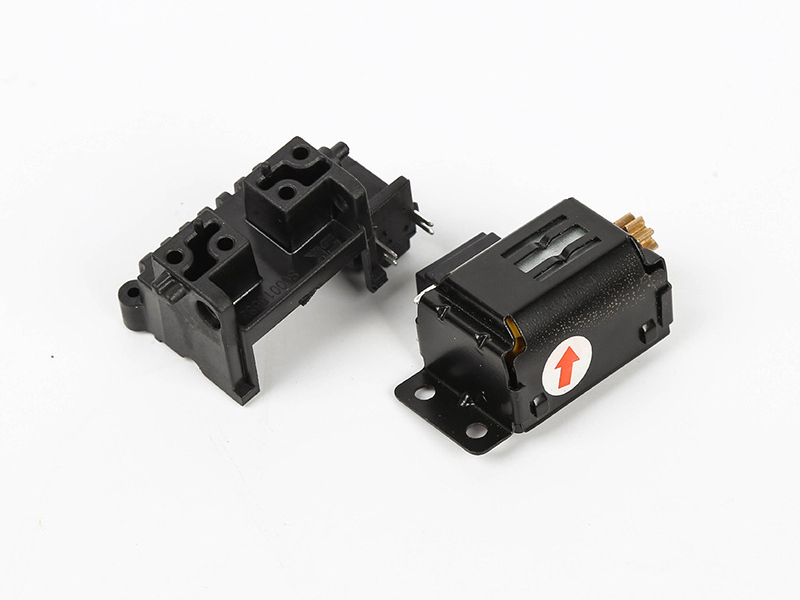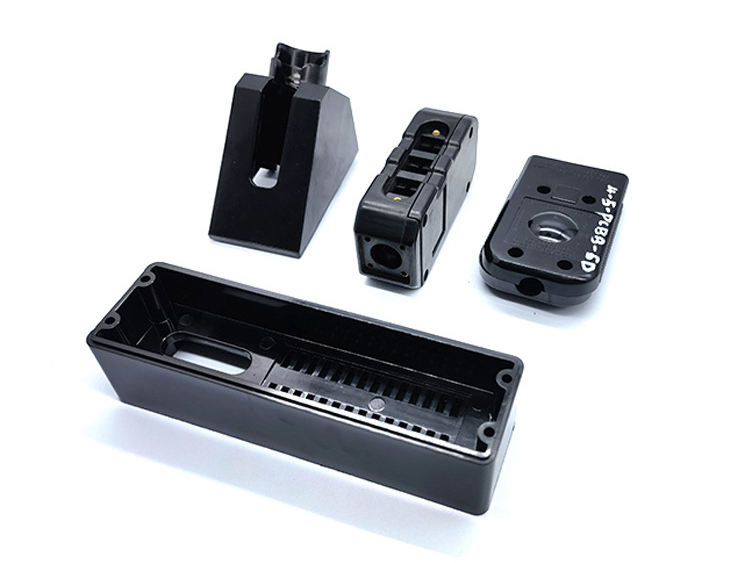How Does Insert Molding Compare to Traditional Manufacturing Methods?
A Unified Approach to Strength and Performance
Insert molding surpasses traditional assembly methods—such as press-fitting, ultrasonic welding, or adhesive bonding—by integrating multiple materials into a single molded part. This unified structure eliminates weak interfaces and enhances both mechanical and functional strength. Compared with conventional joining, insert molding not only improves durability but also optimizes production efficiency, reducing post-processing and assembly time.
1. Enhanced Structural Strength
Traditional assemblies rely on external fasteners or glues that can loosen, fatigue, or degrade over time. In contrast, insert molding permanently bonds metal, ceramic, or composite inserts to the surrounding thermoplastic during the plastic injection molding process. This fusion creates a monolithic part with exceptional load-bearing and vibration resistance. In high-stress applications such as automotive components or power tools, embedding stainless steel or brass inserts within nylon (PA) or polycarbonate (PC) ensures the mechanical strength required to endure torque, impact, and temperature cycling.
2. Improved Efficiency and Cost Reduction
Insert molding consolidates multiple production steps—molding, assembly, and fastening—into a single cycle. This significantly reduces labor and assembly time compared to traditional mechanical joining methods. The ability to produce hybrid components directly within the mold also minimizes inventory and complexity in quality control. Partnering with a custom parts manufacturing service capable of automated insert loading and rapid molding prototyping further boosts throughput while maintaining tight dimensional tolerances.
3. Better Bond Integrity and Design Freedom
Unlike adhesives that can degrade under heat or humidity, insert molding achieves a direct thermomechanical bond between materials. This creates long-term stability in harsh environments—essential for medical device and telecommunication applications. Additionally, designers can integrate complex geometries, threads, or conductive pathways directly into molded parts, reducing part count and simplifying design validation.
4. Reduced Product Weight with Superior Strength
By replacing all-metal assemblies with composite hybrid parts, insert molding maintains strength while significantly reducing weight, which is crucial for aerospace and e-mobility systems. This lightweight advantage leads to energy efficiency, easier handling, and lower transport costs without sacrificing mechanical integrity.
5. Enhanced Corrosion and Wear Resistance
Encapsulating inserts within the polymer matrix protects them from corrosion, impact, and environmental degradation. Pre-treated inserts, such as those using electropolishing, plating, or black oxide coating, provide an added layer of durability and performance in high-wear environments.
6. Streamlined Quality and Repeatability
Automated insert placement and consistent molding parameters ensure fewer defects compared to manual assembly. This repeatability not only enhances product consistency but also supports faster PPAP/FAI qualification cycles for precision industries.



